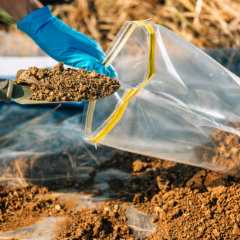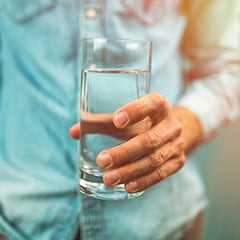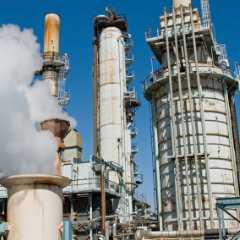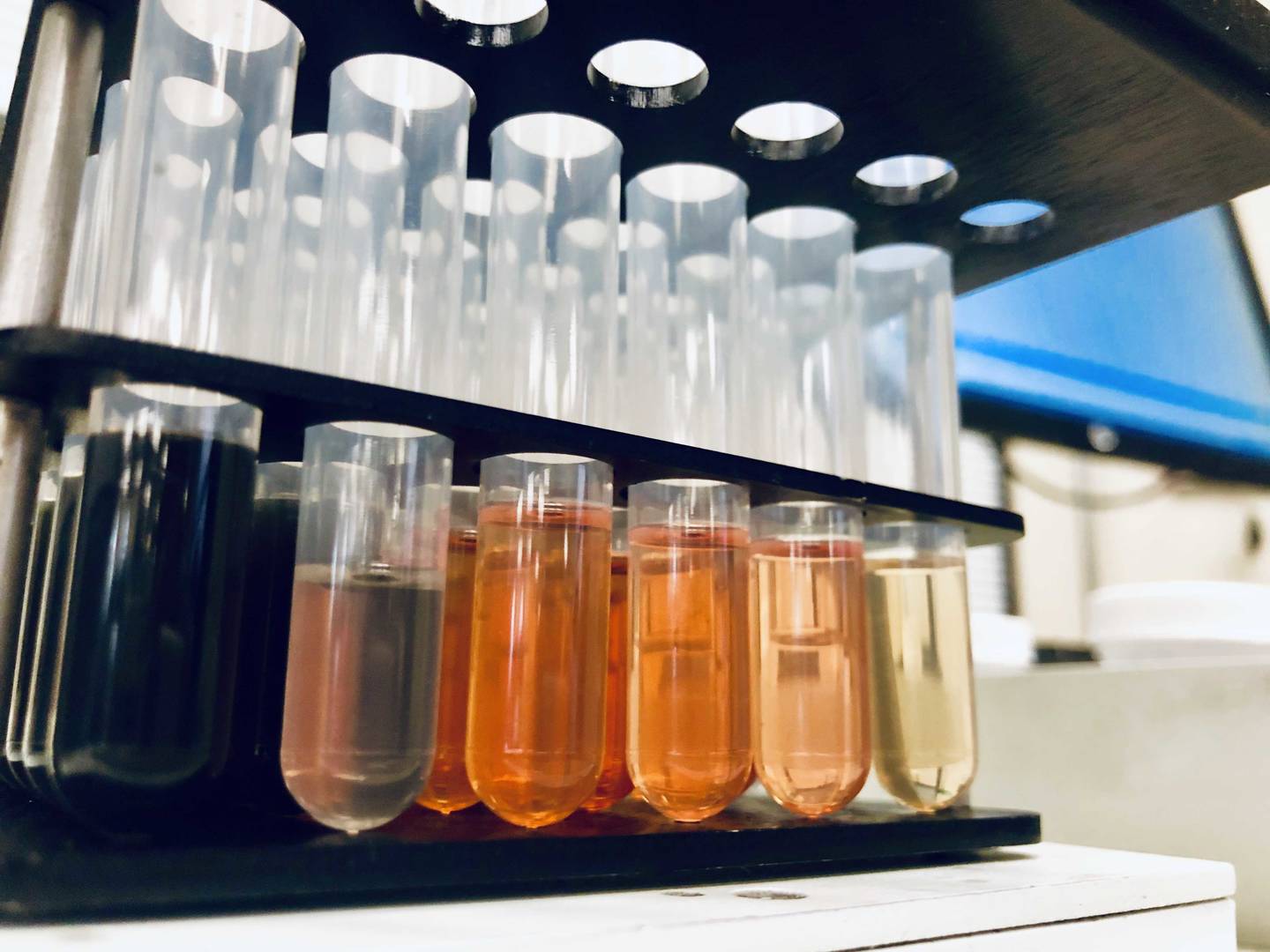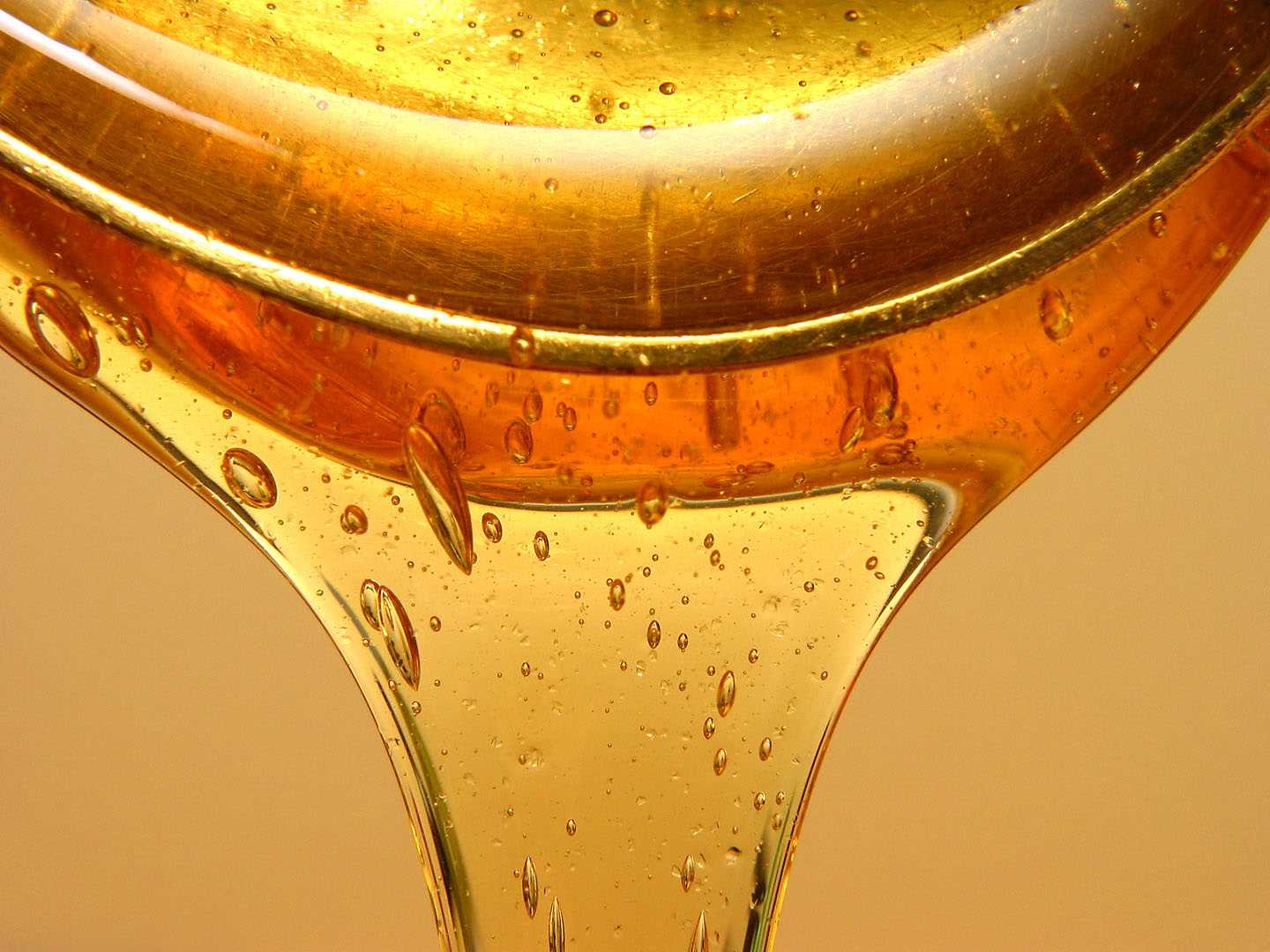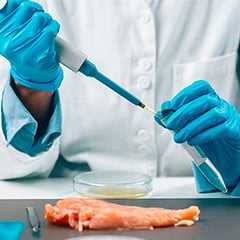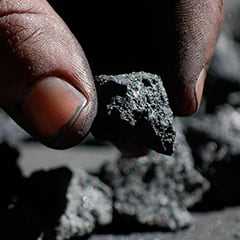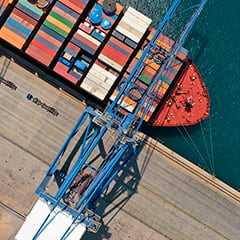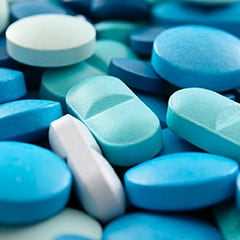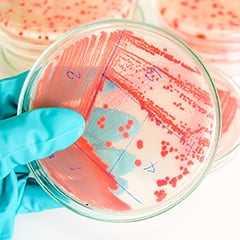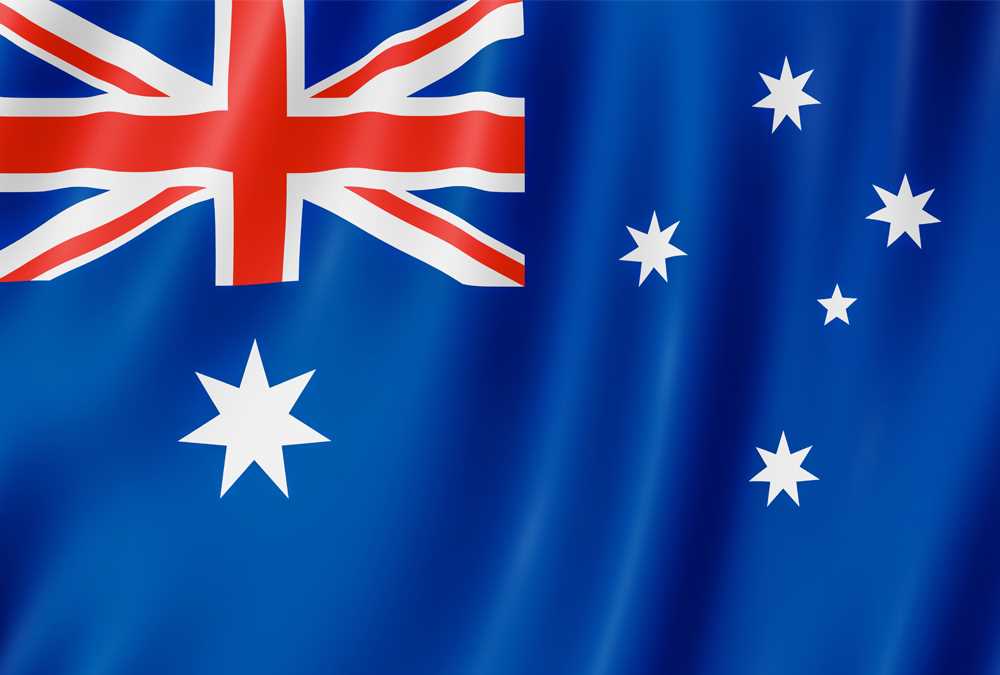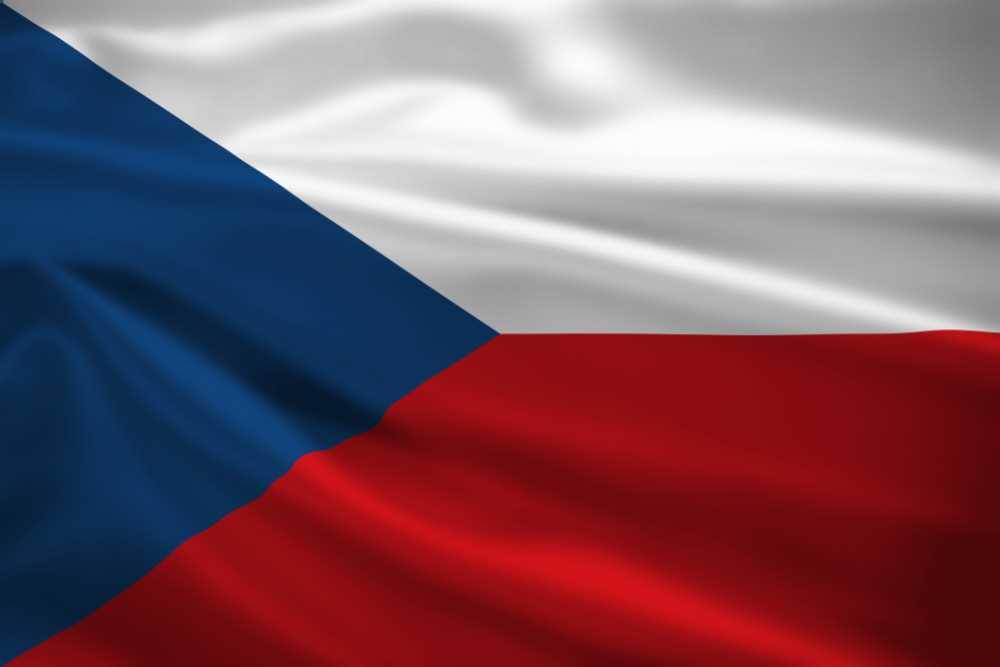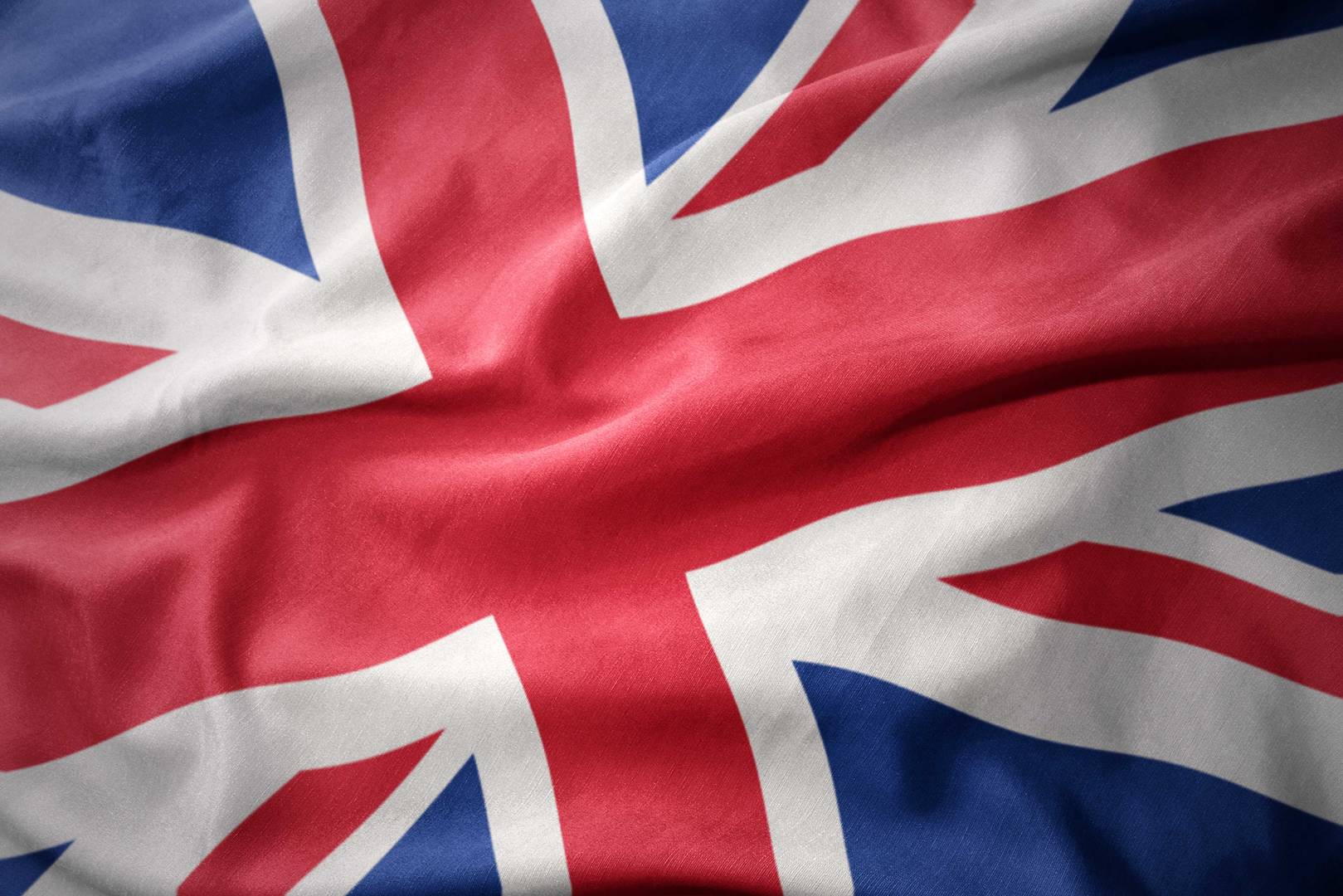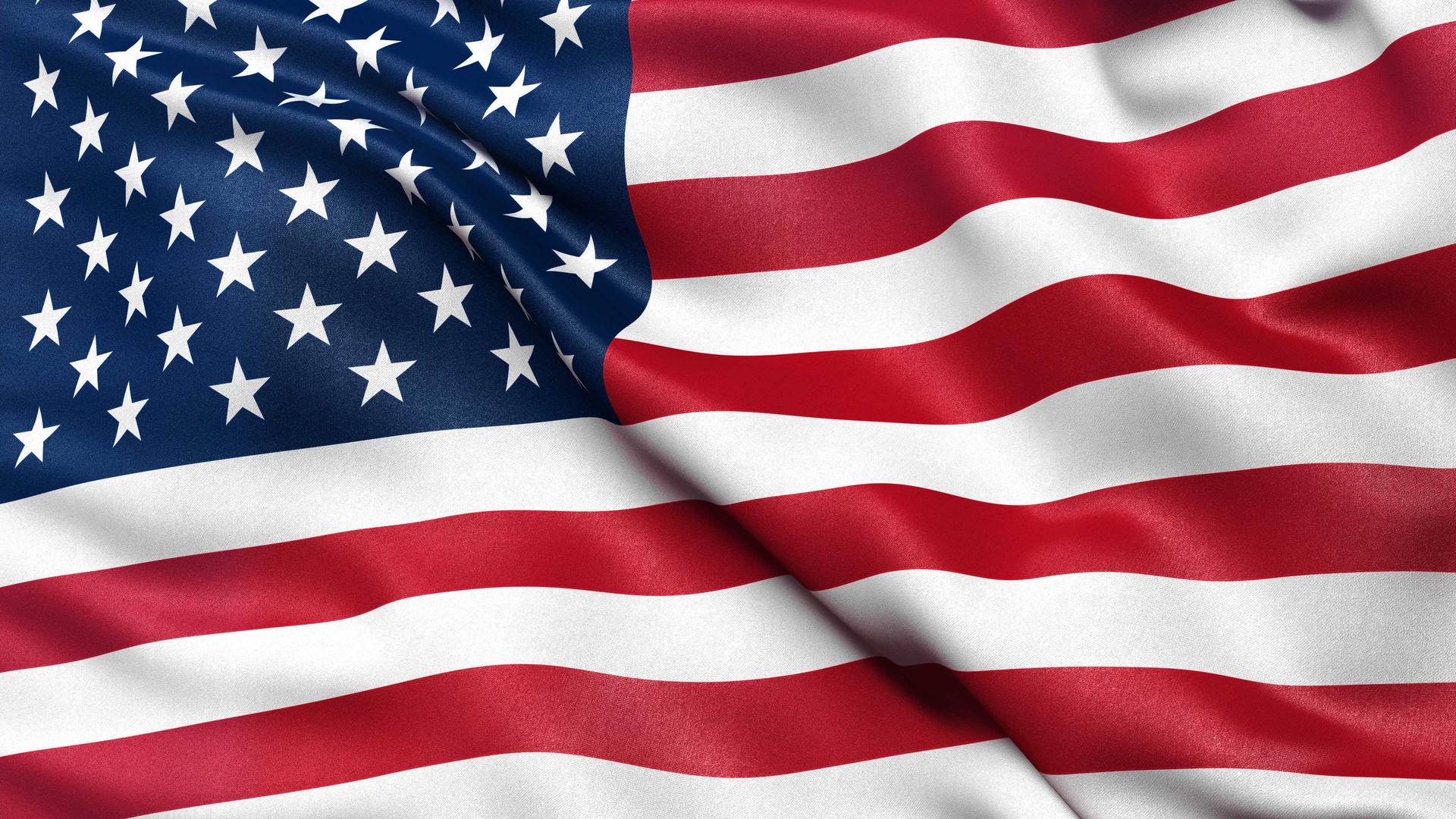EnviroMail 30 Update Canada
6PPD-Quinone – Mystery Salmon Killer Identified by UW Researchers
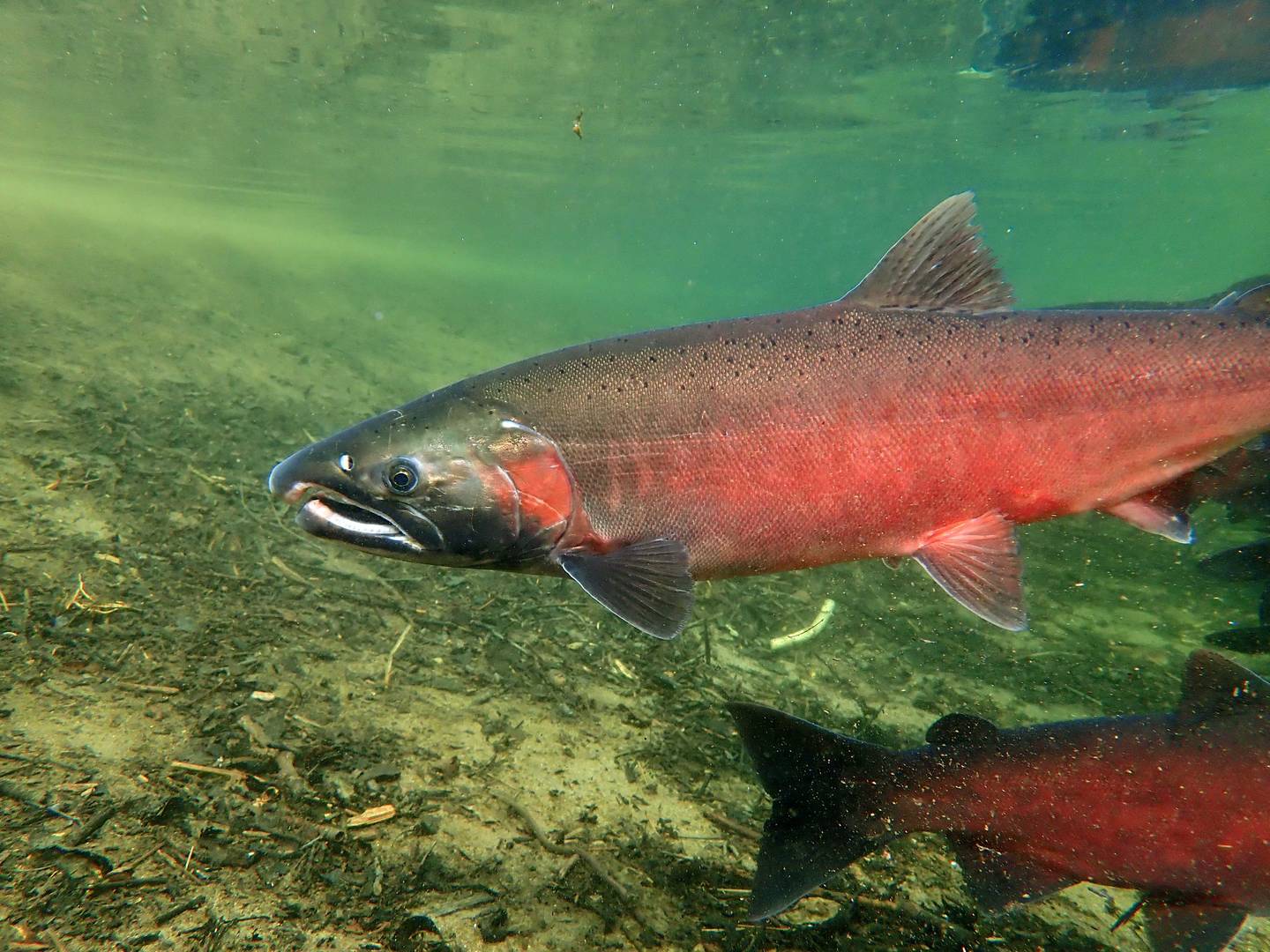
February 2025 Updates
ALS Canada first issued EnviroMail 30 in June 2021 to announce the first commercial testing service for 6PPD-quinone (6PPD-Q) in Canada. Since 2021 there has been extreme focus and activity on 6PPD-Q by the research community and by regulators in the US and Canada, due to its prevalence in the environment and its extreme toxicity to coho salmon at sub part per billion levels. Below is a timeline showing important new regulatory updates over 13 months:
- Jan 30, 2024: US EPA releases Draft Method 1634 for 6PPD-Q (LC-MS/MS).
- June 13, 2024: US EPA publishes freshwater acute Aquatic Life (AL) screening values for 6PPD-Q (0.011 µg/L) and 6PPD (8.9 µg/L).
- Sept 14, 2024: Washington State Rule for 6PPD-Q (0.012 µg/L) becomes effective (freshwater acute AL).
- Feb 11, 2025: BC Water Quality Guideline (short-term freshwater acute AL) released for 6PPD-Q (0.010 µg/L).
This pace of regulatory attention is unprecedented for an emerging contaminant of concern, and additional criteria and/or standards will almost certainly follow. In support of these developments, the ALS Canada R&D team has now extended our services to add a lower-level test option for 6PPD-Q and a new ISO 17025 accredited test method for 6PPD (another first in Canada).
Mystery Salmon Toxicant Identified – 6PPD-Q
“Urban Runoff Mortality Syndrome” (URMS) causes up to 90% of coho salmon to die before spawning in some urban creeks impacted by stormwater runoff in the US Pacific Northwest, particularly in the Puget Sound region. For decades, scientists were baffled by the cause of these high mortality rates, which occur after heavy rainfall events. In December 2020, a research group led by Dr. Zhenyu Tian at the University of Washington reported some incredible scientific detective work (published in Science) that conclusively identified the mystery toxicant as 6PPD-quinone.
6PPD-Q was shown to be acutely toxic to coho salmon at very low concentrations (below 0.1 ppb), but it is not yet known why other species of salmon, such as chinook, sockeye, Atlantic, and chum, are far less sensitive to this chemical. The UW researchers initially identified 6PPD-Q in several streams in Washington and California. Since that time, considerable research has been done to measure and characterize 6PPD-quinone in salmon-bearing streams of BC and the US Pacific Northwest. Fish-bearing streams around the world are likely to be impacted by this chemical due to its ubiquitous nature and source, and because 6PPD-Q has now been shown to affect many other fish species such as rainbow trout, steelhead, brook trout, lake trout, and coastal cutthroat trout.
Transformation Byproduct from Tire Anti-Oxidant 6PPD
Tian’s research group confirmed in 2020 that 6PPD-quinone is an ozonation byproduct of 6PPD, a widely used anti-oxidant which is added to car and truck tires at relatively high levels of 0.4-2%. 6PPD is a very reactive compound, and is intended to preferentially react with ozone at the road surface to prevent tire degradation, which improves tire lifespan and safety characteristics. When 6PPD reacts with ozone, it converts to 6PPD-quinone.
As tires wear, tire wear particles (TWPs – a category of microplastics) are deposited on and around road surfaces. 6PPD-Q is water soluble up to approximately 38 µg/L (20°C) and tends to dissolve into road runoff, finding its way into urban creeks, streams, and rivers during storms and high rainfall events. After a long dry summer, heavy rainfall in early fall often coincides with the migration of coho salmon into streams, when spawning grounds become accessible, which can create a deadly combination.
Measured LC-50 values for 6PPD-quinone to coho salmon are extremely low, ranging from 0.041 to 0.095 µg/L. Concentrations lethal to coho salmon have been shown to occur frequently in Washington State and British Columbia streams during high stormwater runoff events. In November 2023, an unprecedented die-off of coho salmon occurred in West Vancouver, BC at Brothers Creek, where returning coho salmon died before being able to spawn, which was linked to 6PPD-quinone.

Figure 1. Ozonation Transformation of 6PPD to 6PPD-quinone
Long-Term Environmental Solutions
Given the ubiquitous global usage and distribution of 6PPD today, a long term solution to this problem likely requires the re-engineering of automobile tire formulations to use anti-degradants that do not generate toxic byproducts like 6PPD-quinone. Alternative short-term solutions in highly impacted fish-bearing streams could involve stormwater treatment or diversion, but these strategies may be cost-prohibitive on a large scale.
LC-MS/MS Analysis of 6PPD-Quinone
ALS recognized the urgency of this issue when the story first broke in December 2020, and immediately began work to develop a robust and sensitive test method for 6PPD-Q. Testing for 6PPD-Q in environmental waters is now offered by the ALS Vancouver laboratory by Draft EPA Method 1634 with LC-MS/MS triple quadrupole technology, using Multiple Reaction Monitoring (MRM) of three independent mass transitions (see Figure 1). Quantitation is by isotope dilution where a deuterium-labelled 6PPD-quinone analog is added to all samples prior to extraction to correct for sample matrix effects or sample extraction losses. Method 1634 uses a selective Solid Phase Extraction and cleanup protocol to deliver definitive, confirmed identification and measurement of 6PPD-Q down to trace levels.

Figure 2. LC-MS/MS MRM Chromatogram
Testing for the Pre-Cursor: 6PPD
Environmental testing for 6PPD, the 6PPD-Q pre-cursor and source material, is particularly challenging because 6PPD is highly reactive by design. 6PPD is added to tires specifically because it is sacrificially oxidized to prevent degradation of tire rubber. The aqueous half-life of 6PPD has been reported as being only a few hours under neutral pH conditions, even in sterile water, which ALS has verified (see Figure 3). However, ALS studies identified an optimal anti-oxidant preservative material and concentration that effectively stabilizes 6PPD for at least 14 days, facilitating its analysis with the same hold time as 6PPD-Q (see Figure 4). The ALS 6PPD stability studies observed its degradation in water to unknown byproducts other than 6PPD-Q, likely due to oxidation.

Figure 3. ALS 6PPD Unpreserved Stability Study – 24 hours

Figure 4. ALS 6PPD Preserved Stability Study – 14 days
Sampling Requirements
Sampling requirements and test code details are shown in Table 1. Environmental water samples for 6PPD-Q or 6PPD may be conveniently collected in 100 mL amber glass bottles. Separate sample bottles are required for 6PPD, which are supplied pre-charged with anti-oxidant (non-hazardous). Samples should be chilled to ≤ 6°C prior to shipment to the laboratory if possible. ALS has adopted a hold time for these tests of 14 days (from sampling to extraction), based on US EPA Draft Method 1634 and on ALS stability studies for 6PPD.
Current ALS Canada test method options for 6PPD-quinone include a routine Limit of Reporting (LOR) of 0.001 µg/L, and a low-level LOR of 0.0002 µg/L (50x lower than freshwater acute aquatic life guidelines). A trace-level method is currently under development to support better characterization of chronic effects and background levels. Recent studies have shown that effective characterization of background levels in urban streams can be challenging due to temporal concentration surges which can occur within minutes or hours of significant rainfall events; the use of low-level or trace-level methods allows better characterization of background levels between surges.
Table 1. 6PPD-Q & 6PPD Reporting Limits & Sampling Details
| 6PPD-Quinone
|
6PPD | |||
| Routine | Low-Level | Trace-Level | Routine | |
| Limit of Reporting | 0.001 µg/L | 0.0002 µg/L | under development | 0.005 µg/L |
| Test Method | LC-MS/MS
|
|||
| ALS Test Codes | E744B | E744B-L | pending | E744C |
| Sample Containers | 2 x 100 mL amber glass Teflon-lined
(separate containers for 6PPD-Q and 6PPD)
|
|||
| Preservation | none
|
anti-oxidant (pre-charged) | ||
| Storage Temp. | ≤ 6°C (do not freeze)
|
|||
| Holding Time | 14 days (Draft EPA 1634)
|
14 days | ||
The ALS Vancouver laboratory maintains ISO 17025 accreditation for 6PPD-quinone and 6PPD in water through CALA. Please refer to ALS Vancouver’s Scope of Accreditation for current status. Please contact your ALS Canada Project Manager for further details about these important tests.
References
- Z. Tian et al., 2020. A ubiquitous tire rubber-derived chemical induces acute mortality in coho salmon, Science 10.1126/science.abd6951.
- US EPA Federal Register, June 13, 2024. Acute Aquatic Life Screening Values for 6PPD and 6PPD-Quinone in Freshwater.
- BC Ministry of Water, Land, and Resource Stewardship, 2025. 6PPD-quinone Water Quality Guidelines – Freshwater Aquatic Life. Water Quality Guideline Series, WQG-24. Prov. BC, Victoria BC.


